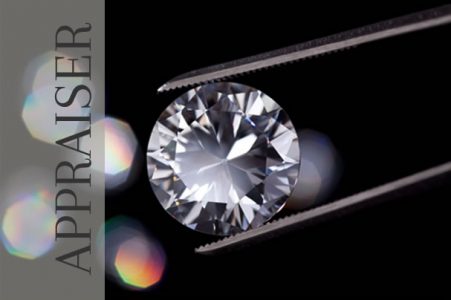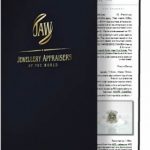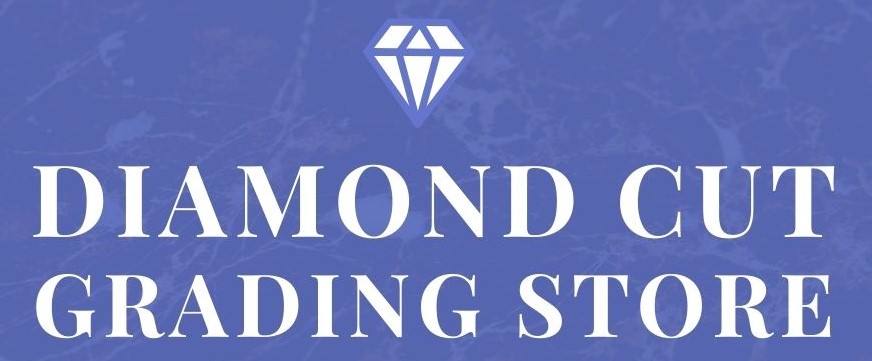The thin jewelry trend
Fashion is often influenced by the cost of production. With precious metal prices rising to record levels we have seen fashion take to a course where thinner and lighter is “fashionable”. It certainly is logical, but it is my belief we have reached and likely have passed beyond a reasonable limit to an extent on how delicate and light some ring mountings are to be made. While the comments I am about to make apply more broadly, I’ll just touch on a couple portions which seem to be creating frequent problems.
Rings with 1.5mm shanks are thin and delicate. For many people they are way too thin to be durable. Added to this trend for thinness is the micropavé of many light items further reducing the metal content and therefore also reducing durability. A ring for daily wear takes an incredible amount of abuse in the normal routine of life. Add this wear factor to a light and overly delicate design with tiny diamonds plugged into a Swiss cheese of holes for holding these stones there is nearly nothing left to give the ring sufficient strength. These very delicate and beautiful rings are just going to give consumers problems sooner or later. Some folks may be very careful and dainty with their rings on, but most people are going to see trouble in their future with such pieces.
Historically, one of the things which gave rise to this fashion are some of the wonderful Art Deco and filigree items from the first 1/2 of the 1900’s. One must remember that these items mostly look so delicate and fine today because they were made heavy enough when new that they have worn away a good deal of their metal by now, but are still holding up. They were not so thin when new. And, the thin ones made for less money back then have worn out and been scrapped or rebuilt.
I am seeing bracelets too thin to be durable, earrings with friction nuts so thin that they won’t stay on the ear, micropavé and invisibly set diamond jewelry made so light that the items bend and the stones fall out. If you have insurance, you are covered for the loss of the diamonds, but normal wear and tear on jewelry is not covered.
My suggestion is to investigate and shop well to determine if a light, delicate item is really right for you. Using a 2 or 2.5mm shank will help the ring to stand up to normal wear. Using hand made or die struck components, which are more dense metal than cast components, also often increases hardness, and durability. The labor to make a slightly heavier item is truly nominal. Only the added metal increases the cost and while it will cost more, the jewelry will last a long, long time and frequently never give the owner any problem over decades of use.
Not to make light of what I see as a a tragic situation, but I see the chase for thinness in rings akin to the public’s mistaken attraction to the super thin fashion models who are about one tiny meal away from turning into dust. Just a little more body on both jewelry and models would not be a mistake……. (My experience is all with jewelry and unfortunately not with models, oh well.)
Vendor’s Dilemma
The vendor’s dilemma is to agree to sell an item which will not wear well over a long period of time, or sell what you request in spite of this reasonably clear knowledge. All vendors want and need your business. Some will always agree to make whatever you wish. Some may warn you and then make what you want anyway and a few will never agree to make a piece too light or too thin to hold stones well or to be less than durable. Let the vendor guide you and keep an open mind. We cannot go thinner and thinner still. We have reached that limit already. Fashion and common sense will head in the opposite direction at some point. Look for advice and listen to those things which your vendor suggests concerning daily use and wear and tear issues. If the vendor makes no mention of durability and thickness concerns, then you should ask. You may be glad you did.




